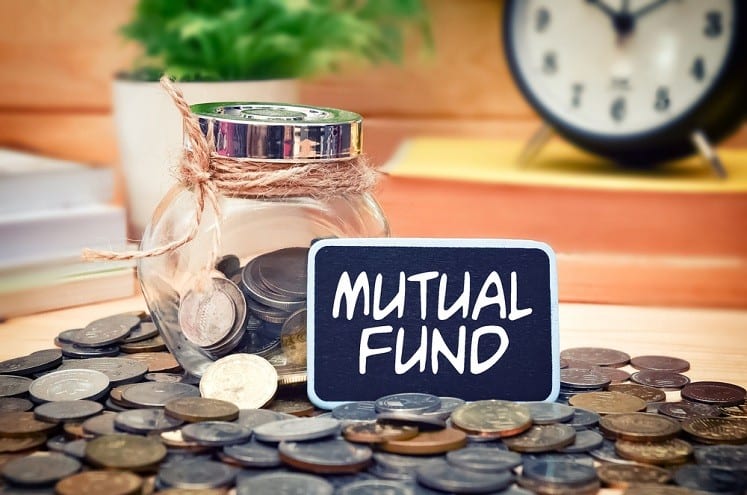How to Beat High Mutual Fund Taxes

Mutual fund investors have both the tax law and the markets working against them this year. On top of mediocre returns, many funds are making very high taxable distributions to shareholders. That cuts into your after-tax return. But you can beat this double whammy and walk away with much of your hard-earned gains intact.
The tax law says a fund isn’t taxed if it distributes most of its gains and income to shareholders. These “pass through” items are taxed to the shareholders. It doesn’t matter if you bought shares the day before the distribution or if your shares are showing a paper loss. It also doesn’t matter if you have distributions automatically reinvested and don’t receive any cash. You still pay taxes on the distribution.
You also treat the items the same way the fund did. If the fund distributes a short-term gain, you report the distribution as a short-term capital gain – even if you held your shares longer than one year.
Many funds held their winning investments through all of 1999, then started to sell shares as the stock indexes hit their peaks last spring. That put big gains on the books, and some funds are distributing them early so that investors don’t sell their shares before year-end to avoid taxable distributions. Already Third Avenue Value distributed $4.00 per share, and the exchange-traded Canada ishares distributed $5.06. There are many funds that will distribute 20% or more of their net asset value this year, and a number of those funds have modest gains or even losses this year. You’ll be paying taxes though your investment hasn’t increased.
Here are the strategies you need to consider if you want to avoid taking a big tax hit on distributions this year.
Consider selling some funds before distributions. Some funds made their distributions early to circumvent this strategy. But many still are waiting for the traditional November and December distributions. If you have little or no gain in a fund, consider selling the shares soon to avoid a big distribution. Or if you are a long-term shareholder in a fund that typically does a lot of trading and takes short-term gains, consider selling so you’ll pay taxes at the long-term gain rate instead of the higher short-term gain rate.
You can call the fund and try to get an estimate of its distribution. If that doesn’t work, the fund’s investment style and recent history can give you clues. If the fund had strong gains in 1999 and this year before last spring’s market peak, or if it tends to invest heavily in technology companies and other growth stocks, it might have a lot of gains to distribute. This is especially true if the fund has a high turnover ratio (available in the fund’s prospectus). Also, if you’ve seen interviews or shareholder letters in which your fund manager describes how the portfolio has changed this year, there probably are big gains on the books. A change in managers also could mean the portfolio was overhauled and a big distribution is coming.
When your fund meets one of those descriptions and it hasn’t made a big distribution this year, consider selling soon. You can reinvest in a similar fund. Or you can wait until after the distribution to reinvest in the same fund. Keep the money in an index fund if you wait to reinvest, so you won’t be out of the market completely. If you sell shares at a loss, wait more than 30 days before investing in the same fund.
Look for losers to sell. If you have a long-term diversified portfolio, you probably have shares in some funds that are showing losses, especially if you invest regularly. Sell these shares so the losses offset any taxable gains distributed from other funds. Again, if you want to reinvest in the same funds, wait more than 30 days so that you will be allowed to take the losses on this year’s return. Otherwise, the losses are deferred by adding them to the tax basis of your new shares.
Use the specific share method to report fund sales. If you don’t sell the entire position in a fund, the IRS lets you choose from four different methods for computing the basis of the shares sold. The basis determines the taxes on your gain; the higher the basis, the smaller the gains or the greater the losses you’ll report on the return. Perhaps the most advantageous option is the one that lets you designate which shares are sold. You can designate the shares with the highest tax basis (the original cost to you).
There are some tricks to the specific shares method. You need to have all your old statements so you’ll know the cost of each share you bought. You also must tell the fund company in advance which shares are being sold. Most companies require this designation to be over the phone or in writing. The fund has to give you a written confirmation that those shares were sold, and you should keep that. For more details on figuring your basis, get free IRS Publication 564 Mutual Fund Distributions (800-TAX-FORM).
Taxes on annual distributions historically take about one-sixth of your mutual fund returns, according to some studies. This year, if you don’t do some planning, they are likely to take more.
![]()





